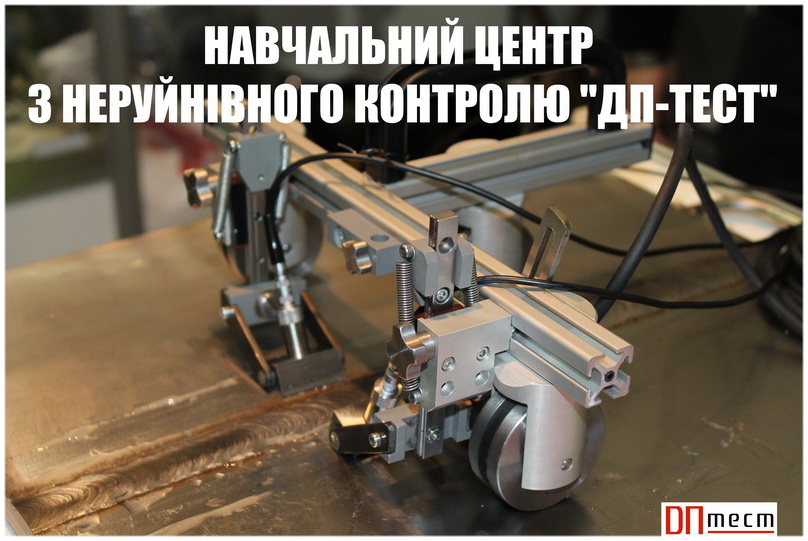This project is dedicated to developing a device for quick analysis and tracking of human facial skin condition dynamics using automation systems. Based on the skin’s ability to absorb and reflect light rays, a device that processes electronic signals containing information about light rays of different colours reflected from the skin and converts them into digital values was proposed. Analysing these signals using a special algorithm allows us to track various parameters of the facial skin and maintain facial skin health.
As part of this work, we reviewed modern methods of analysing skin conditions. We developed an innovative automated system with a BH1750 light sensor, sets of LEDs of different colours, and a microcontroller.
- Hits: 326








